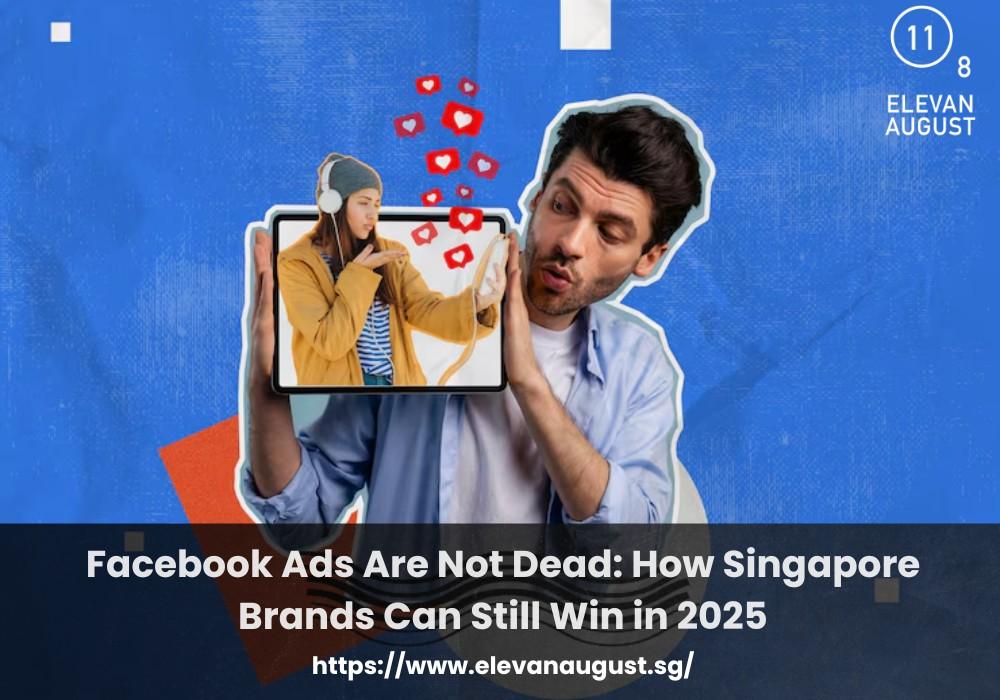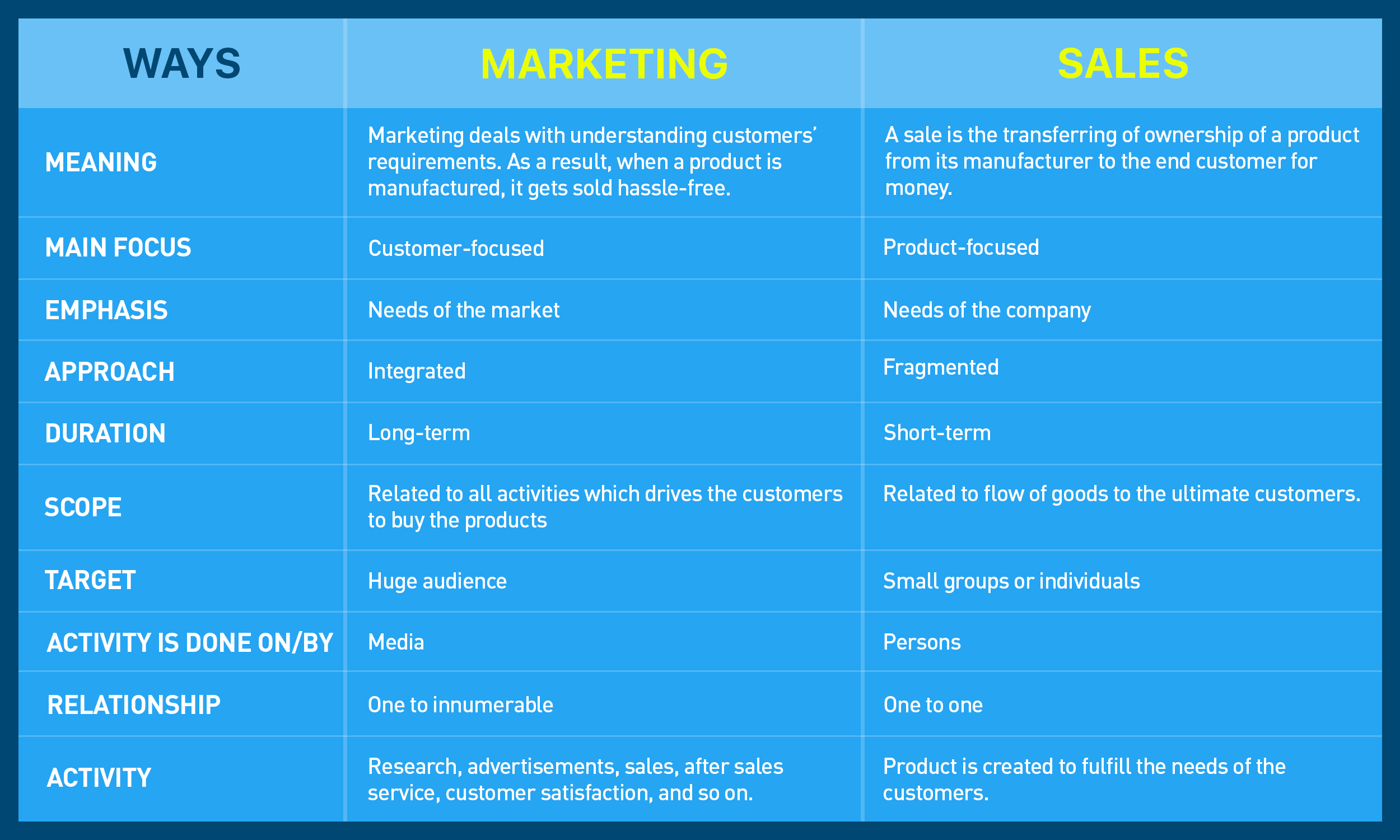Plenty of people wrote off Facebook when younger audiences moved to TikTok.
But the platform still has one of the most active user bases in Singapore, especially among working professionals, parents, and community-driven shoppers.
Look around. People still browse Facebook Marketplace before they buy.
They still follow pages for flash deals. They still tag friends in contests.
So if you’re wondering whether it’s worth keeping Facebook in your marketing mix, the answer is yes, but not in the old way.
Here’s how to get it working for you again.
Targeting Needs Local Insight, Not Just Demographics
Facebook’s default targeting tools have changed. But that doesn’t mean you’re left guessing.
Instead of relying on general interests like “shopping” or “fitness,” look for behavioural clues: pages followed, types of content engaged with, recent purchase behavior.
If you’re marketing home goods, consider targeting people who interact with renovation content or local interior design creators.
This strategy refines your targeting without needing ultra-specific data.
Some of the best-performing Facebook ads Singapore campaigns we’ve seen lately are those built on real-world observations, like where people eat, how they commute, or what kind of content they tend to share late at night.
These details help you narrow your reach without wasting spend.
Ads That Blend In Perform Better Than Ads That Pop Out
Users scroll quickly. If something looks like an obvious ad, they move on. The posts that hold attention now tend to feel casual, like something you’d see from a friend, not a brand.
Carousel posts work well when they feel personal, like a photo album rather than a product showcase.
Videos get better results when they’re filmed vertically, with natural lighting, unpolished edits, and clear subtitles.
This approach works especially well for service-based businesses, food, retail, or home goods. It fits into how people already use Facebook—scrolling through updates, watching clips on mute, and reacting to familiar visuals.
That’s the kind of Facebook marketing Singapore audiences still respond to today.
Comments Are Public Proof—Use Them Wisely
Treat the comments section of your ad like a public FAQ. When someone drops a question, answer with more than just a “yes.”
Share details. Add context. Tag a link, if needed.
Even more valuable—encourage satisfied customers to chime in.
A real comment from a buyer carries more weight than any CTA. We’ve seen ads where a single helpful reply drove hundreds of clicks. That space matters as much as your headline.
If someone’s unsure about your brand, the comments are where they’ll look next.
Match Campaign Structure to Local Behaviour
Singaporean users interact with Facebook in unique ways. They’re more likely to follow pages for exclusive deals, comment on giveaways, or save posts that show where to buy something locally.
So adjust your creative to speak to that. A phrase like “Show this post for a free upsize” or “DM us with the word ‘SGFAVES’” works well here.
Pair your ad with a reward that feels useful, not random.
And if you’re running lead-gen, make the form short and mobile-friendly—two fields max.
The most effective paid social media campaigns take all of this into account from the start.
Test Creatives Like You’re Testing Headlines
Forget big campaign rollouts upfront. In 2025, the smart brands run five $20 tests before they even think about scaling.
Each variation can tweak just one element: headline, image, caption, or CTA. Then compare. Which one gets link clicks? Which one drives comments? Kill the rest. Scale the winner.
And don’t just test once. Audiences evolve. What works this quarter might fatigue the next. Keep your library fresh and keep testing—it’s cheaper than guessing.
Retarget With Value, Not Repetition
Retargeting still works. But the lazy loop—showing the same product twice with a “still interested?” line—no longer lands.
Instead, rotate content with a clear shift in tone or context. Maybe someone viewed your landing page but left.
Show them a reel of someone using the product. If they visited your About page, try a short clip of your founder explaining why the brand started. Keep it conversational, not salesy.
Retargeting is just follow-up—use it to continue the story, not repeat the pitch.
Final Thoughts
Facebook has changed, but it’s far from finished.
It rewards brands that stay present, speak clearly, and keep pace with how people use the platform now, not how they used it five years ago.
We’ve worked with brands that turned quiet Facebook pages into lead machines through smarter creatives, sharper testing, and clearer targeting.
If you’re looking to rework how Facebook fits into your strategy, we’re already building that kind of playbook. Get in touch with us today and let’s work together.






